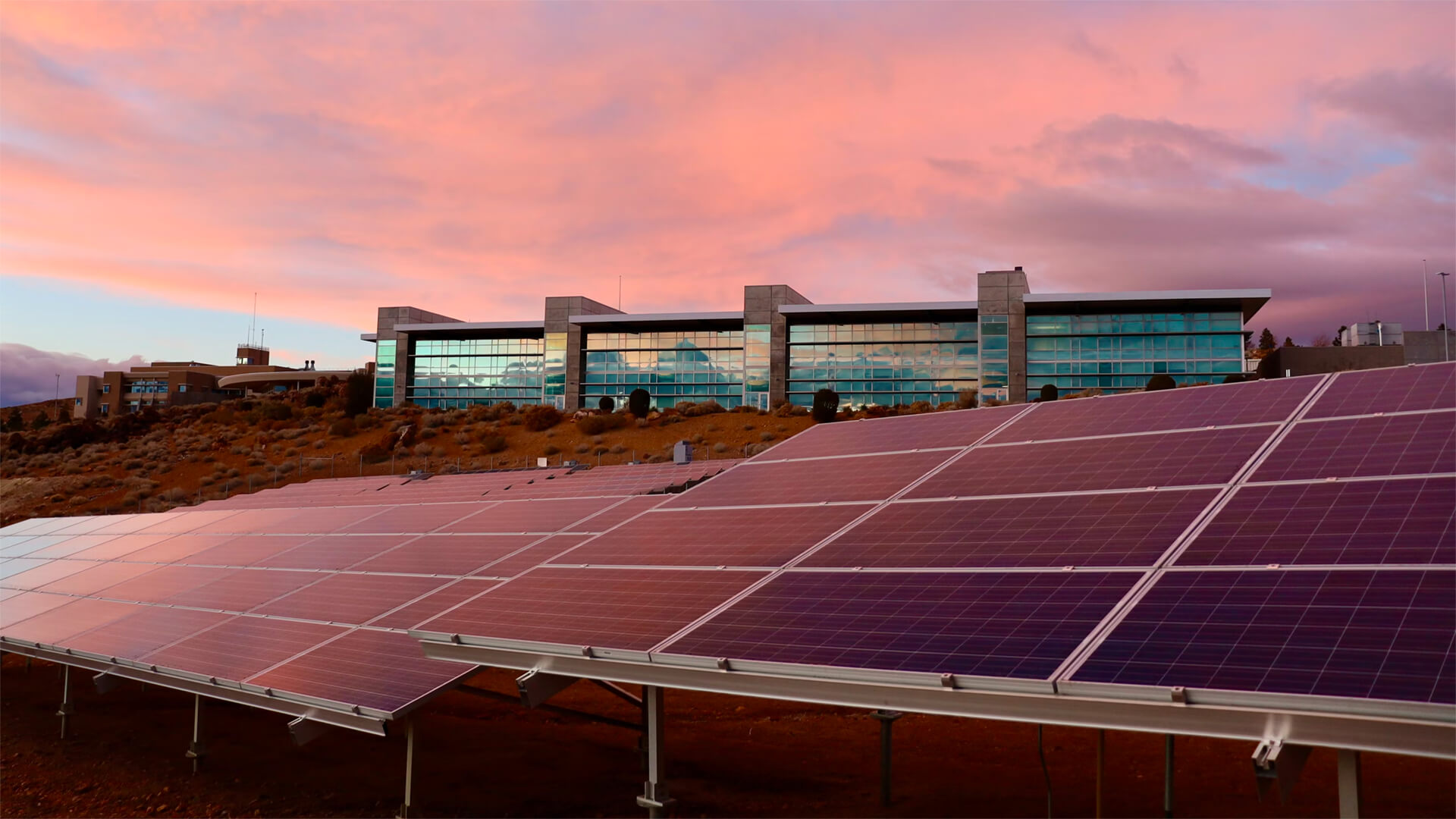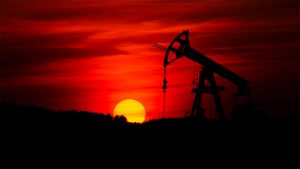The economics of green energy are vastly different from traditional fossil fuels, and we must understand their differences if the transition to green energy will ever be successful.
When building a traditional power plant, most of the costs come from the fuel used to manufacture the plant, which can be paid over time by the fuel you sell. Most of the expenses for green energy plants come from the plant’s initial construction, which requires lots of capital on the front end.
There are two complications with the transition to green energy. First, the cost of capital is rising and will continue for the next 10+ years, making those upfront costs even heftier. Second, energy costs are traditionally inelastic. So as the system is converted to green energy, the cost of components will have to be factored in.
The bottom line is not that we shouldn’t go green; instead, we should only put these plants where the technology matches the geography. Putting solar where it’s sunny and wind where it’s windy. Once we can figure that out, we’ll just need some help from the tech space and Congress to help with the transmission side of things.
Prefer to read the transcript of the video? Click here
Here at Zeihan On Geopolitics we select a single charity to sponsor. We have two criteria:
First, we look across the world and use our skill sets to identify where the needs are most acute. Second, we look for an institution with preexisting networks for both materials gathering and aid distribution. That way we know every cent of our donation is not simply going directly to where help is needed most, but our donations serve as a force multiplier for a system already in existence. Then we give what we can.
Today, our chosen charity is a group called Medshare, which provides emergency medical services to communities in need, with a very heavy emphasis on locations facing acute crises. Medshare operates right in the thick of it. Until future notice, every cent we earn from every book we sell in every format through every retailer is going to Medshare’s Ukraine fund.
And then there’s you.
Our newsletters and videologues are not only free, they will always be free. We also will never share your contact information with anyone. All we ask is that if you find one of our releases in any way useful, that you make a donation to Medshare. Over one third of Ukraine’s pre-war population has either been forced from their homes, kidnapped and shipped to Russia, or is trying to survive in occupied lands. This is our way to help who we can. Please, join us.
CLICK HERE TO SUPPORT MEDSHARE’S UKRAINE FUND
CLICK HERE TO SUPPORT MEDSHARE’S EFFORTS GLOBALLY
TRANSCIPT
Hey, everybody. Peter Zeihan here. Coming to you from the hike and bike trail in downtown Austin. Today I wanted to talk a little bit about energy economics, specifically green energy economics.
Now, the idea that once you’ve paid for the sunk cost of the solar or the wind system, that you’re in the clear. You know, to a degree that’s true. But you first have to get the thing built. There’s two complications here that we’re facing. The first is capital. So when you’re going to build like a normal thermal power plant, about three quarters, 60%, three quarters of the cost of that plant is actually in the fuel that you are going to burn over the lifespan of the project. You don’t have to finance that upfront. You pay for that as you go. And you typically use the income that you get from selling your electricity to your customers to pay for that. So the only part that you have to finance is that initial construction, which is typically a quarter to a third of the total.
With GreenTech, that’s not how it goes. With green tech, roughly 80% of the cost of the project over the life span is in construction. And even if you can get into a situation where you’re in a sufficiently sunny or windy place that the per cost for the kilowatt hour or the power you generate is or over the lifespan of the project, the same as it is for a fossil fuel system. You still have to finance that all upfront. And with the baby boomers moving into mass retirement and liquidating all over their holdings because they can’t take a shock of a currency crash or a market crash anymore, the cost of capital in the United States is going up, and it will remain high until such time as the Millennials are the capital rich group in our population. That won’t happen until most of them are in their fifties, and that won’t happen for another 10 to 12 years. So we’ve got this period of much higher capital costs, which means much higher development costs for electricity projects in the green space. There’s really no way around that.
The second problem has to do with the elasticity of energy costs. So let’s say you need a gallon of gasoline in order to drive to work. If you can only get 9/10 of a gallon, it’s not like you park your car and walk the rest of the way and just leave your car for all time and up. You will pay whatever you have to pay to get that last 10th. And that price then applies to the entire market. And if you have a shift in demand of only like 10 to 15%, you can easily see a change in price of 50 to 100%. And we know this is true for electricity, for coal, for natural gas, for oil, and even for nuclear fuel. Now, if we decide we are really going to go with the green transition in mass, then all of a sudden a lot of the components that go into electricity generation are going to become power fuels. That’s chromium, that’s copper, that’s aluminum, that’s fiberglass, that’s graphite, that’s lithium. We have not priced in that the system.
The bottom line of all this is not don’t go green. The bottom line of this is you only put these technologies in places where the geography matches the capacity for these things to work. So you put up solar where it’s sunny, you put up wind power where it’s windy and if you’re going to put it somewhere else. Not only do you have to think of the cost over the long term in an entirely different light, you’ve got to change the metrics because it’s going to cost more to build and is going to cost more to finance. And that means we ultimately need better technologies than what we have now, especially in transmission, so that we can bring the electricity from where it’s produced in a reasonable manner to where most people actually live. And that requires, among other things, multiple acts of Congress, both to appropriate the money for that research and to make it easier for power to pass through different states, jurisdictions, and especially between the three power grids that the United States shares.
Alright. That’s it for me. Talk to you guys later.








